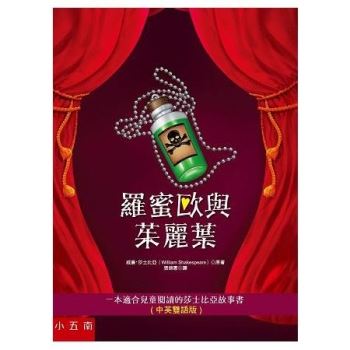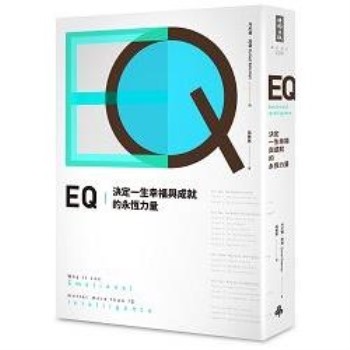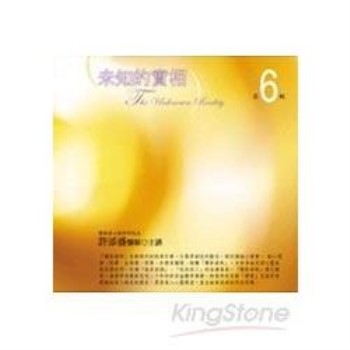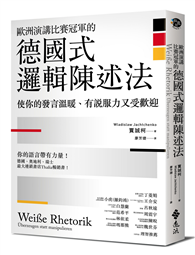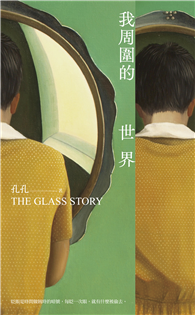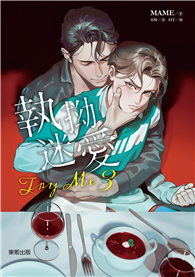The Hawaiian island chain has long been a crossroads of cultures. Oahu’s name is sometimes translated as "the gathering place," and its appeal is undeniable. Even before the arrival of Western powers, Hawaiian chiefs struggled for control of the island. As far back as the 1700s, many would-be colonizers had their eyes on Pearl Harbor--the United States, the British, the Russians, and the Japanese. For decades, only one thing was certain. The Hawaiian monarchy would not be left alone to rule their own people. More than a hundred years before "the day of infamy," December 7, 1941, the story of the United States’ military occupation of Hawaii begins with the Western world’s discovery of what was at the time called Wai Momi, the beautiful and, unfortunately, strategically located "waters of pearl."
Sarah Bellian is a historian and curator of the Pacific Fleet Submarine Museum at Pearl Harbor. She previously worked in museums and public history in Texas and Idaho. During the pandemic, she began a deep dive into Hawaii’s often difficult relationship with the US military. In addition to telling stories, she enjoys craft beers, historical swordsmanship, and playing roller derby.

